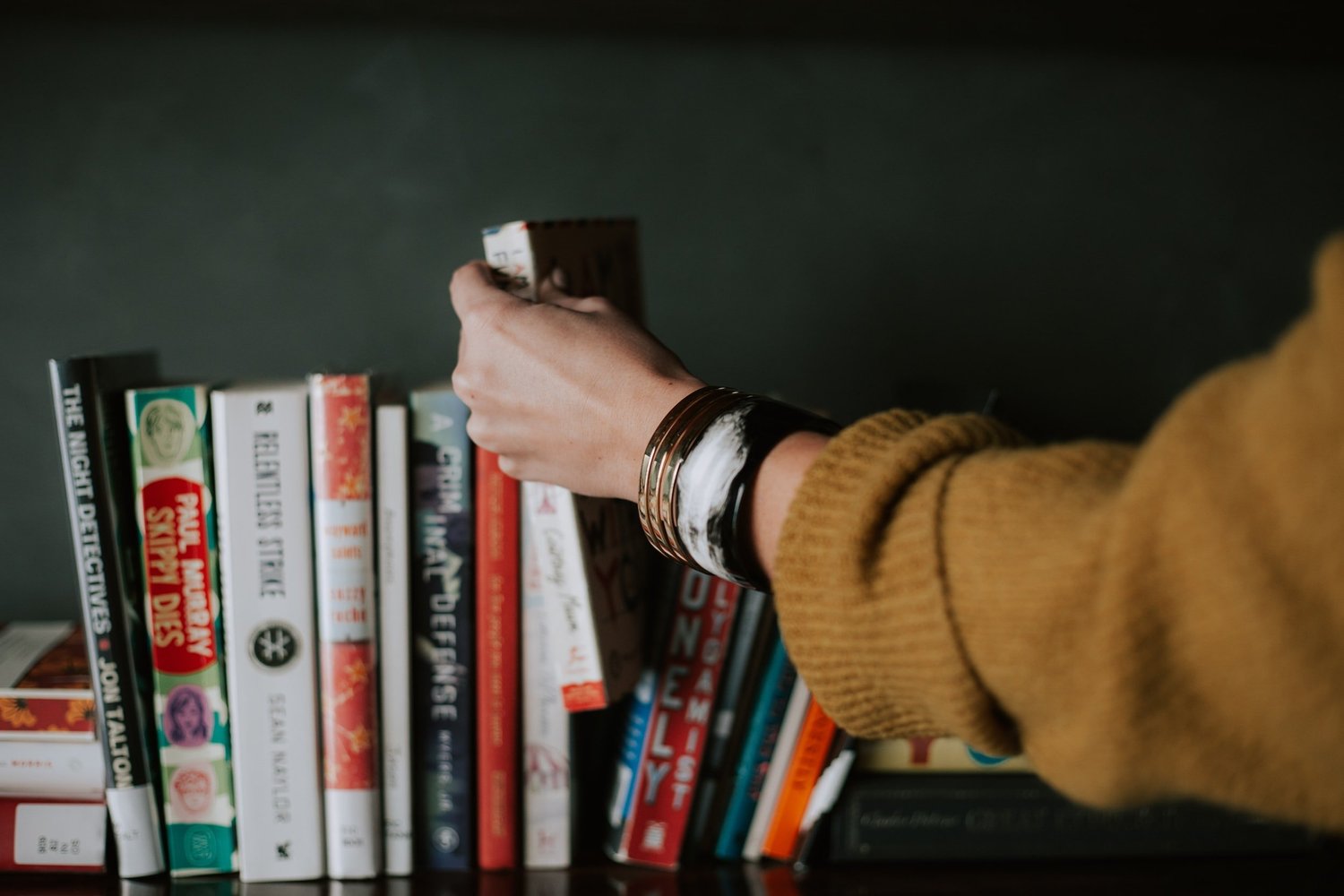
Ever skimmed through a book and felt like you missed the point? That’s where close reading comes in. It’s like putting on a pair of literary glasses—suddenly, everything comes into sharper focus. Whether you’re a student, a writer, or just a lover of stories, mastering the art of close reading will transform the way you engage with literature.
Understanding the Basics of Close Reading

Definition and Core Principles
Close reading is the thoughtful, critical analysis of a text. It’s not about reading quickly—it’s about digging deep. You focus on what the author says, how they say it, and what it means.
Difference Between Skimming and Close Reading
Skimming is for speed. Close reading is for depth. Skimming gets you the gist. Close reading uncovers the guts of the narrative—its language, its structure, and its meaning.
The Role of Active Reading
Active reading means interacting with the text. You ask questions, take notes, underline key phrases, and really think about what’s going on beneath the surface.
Tools You Need to Get Started

A Good Dictionary and Thesaurus
Understanding vocabulary is key. Keep a dictionary nearby to grasp nuanced meanings. A thesaurus helps you see connections between words and ideas.
Annotating Tools (Physical and Digital)
Highlighters, pens, sticky notes—or digital tools like Hypothesis or Kindle notes—are great for marking your observations.
Reliable Text Editions
Use unabridged and well-annotated versions. Editions with footnotes and commentary are golden for deeper analysis.
The Step-by-Step Process of Close Reading
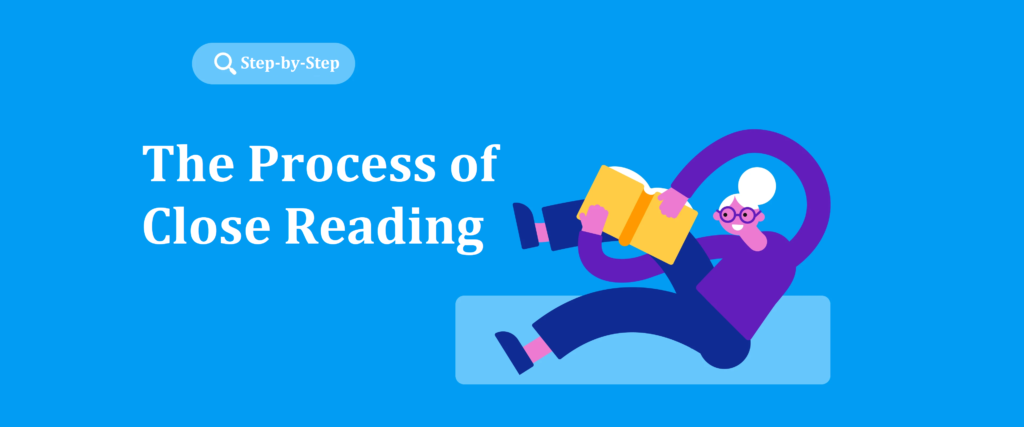
Step 1: Read the Passage Carefully
Start slow. Don’t rush. Read a few paragraphs or stanzas and let them sit with you.
Step 2: Annotate and Highlight
Underline powerful words. Highlight imagery. Scribble your thoughts in the margins. This is where engagement begins.
Step 3: Analyze Word Choice and Tone
Words aren’t random. Ask yourself: Why did the author choose that word? What mood or tone does it create?
Step 4: Explore Literary Devices
Look for metaphors, similes, alliteration, and irony. These tools pack meaning into the smallest lines.
Step 5: Understand Structure and Form
Is the text a poem, a play, or a novel? How is it organized? Paragraphs, stanzas, chapters—each has a reason.
Step 6: Connect to Larger Themes
Zoom out. What’s the author really trying to say? How does this passage connect to the big ideas of the book?
Key Elements to Examine in a Text
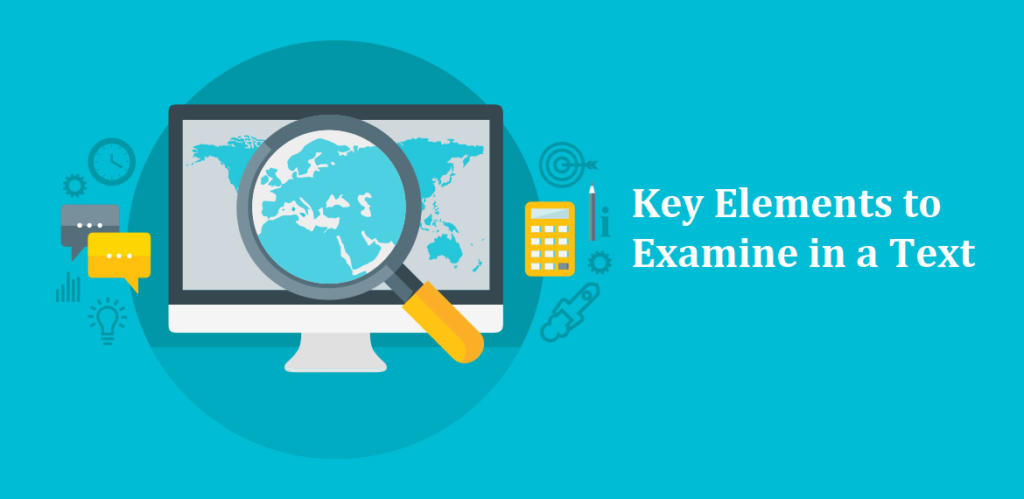
Diction and Syntax
Diction is word choice. Syntax is sentence structure. Both shape how we experience the text.
Imagery and Symbolism
What images stand out? What symbols repeat? These often reveal hidden meanings.
Figurative Language
Similes, metaphors, personification—they turn abstract ideas into vivid visuals.
Character and Voice
How does the character speak? What’s their personality? What’s the narrator’s tone?
Themes and Motifs
Love, death, power, identity—what themes recur? What motifs support them?
Advanced Techniques in Close Reading
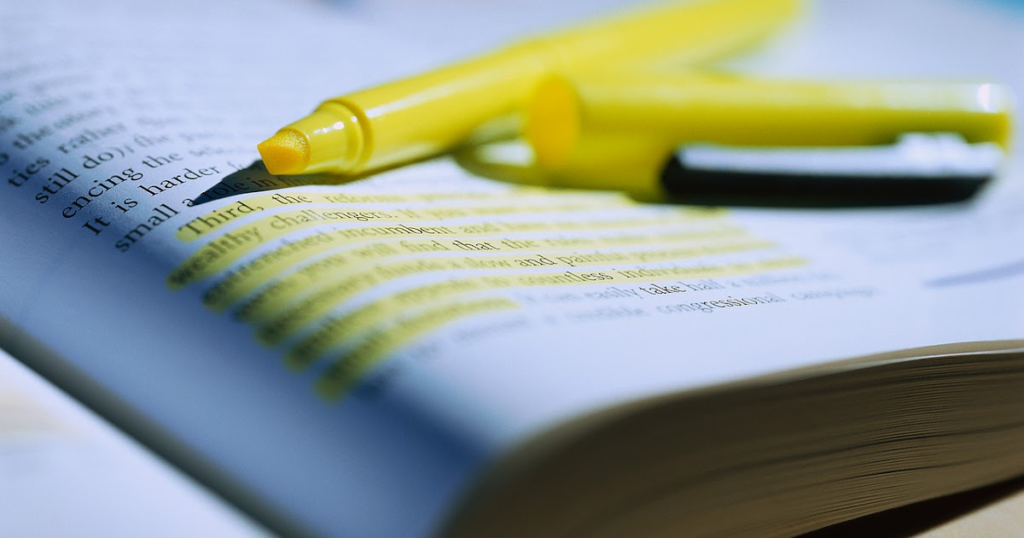
Intertextuality
Does the text reference other works? Quoting Shakespeare or echoing the Bible isn’t accidental—it’s layered meaning.
Deconstruction and Structuralism
Go beyond surface meaning. What contradictions exist? What structures are holding the text together?
Psychoanalytic and Feminist Approaches
What does the text say about gender, power, or the subconscious? These lenses can reveal deeper cultural insights.
Common Mistakes to Avoid
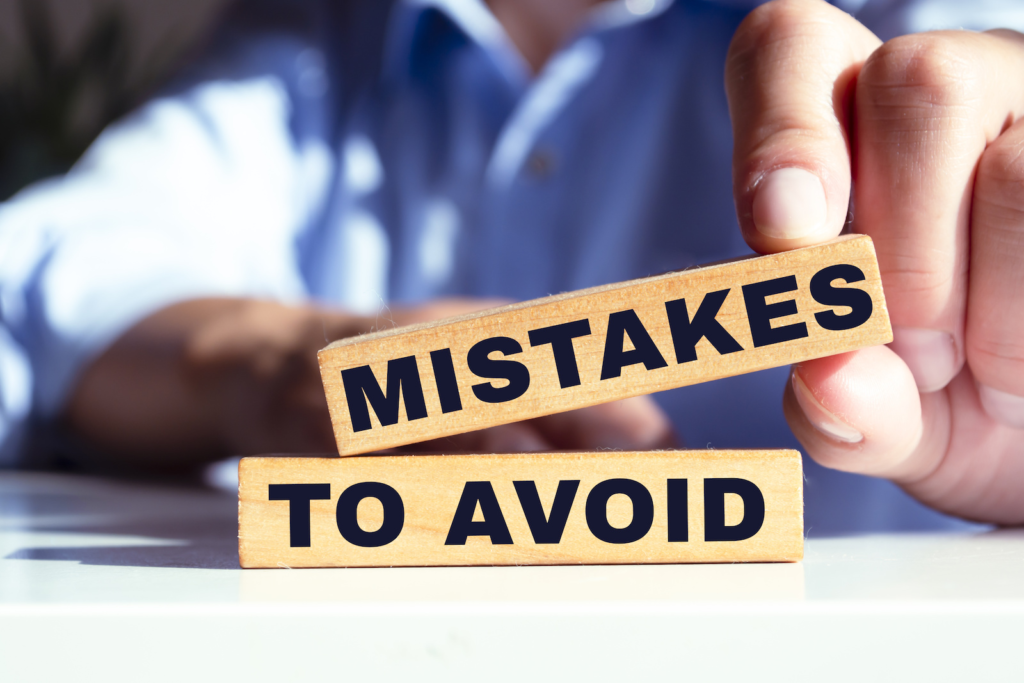
Reading Too Quickly
Slow down. Rushing means missing things.
Ignoring Context
Know the author, the time period, the culture—it all adds flavor and context to the text.
Failing to Ask Questions
Why this word? Why this structure? What’s missing? Always be curious.
Practical Applications for Students and Writers

Writing Better Literary Essays
Close reading provides solid evidence. Instead of general statements, you’ll have powerful quotes and interpretations.
Preparing for Exams and Assignments
Most literary exams ask for analysis. This is your secret weapon.
Creative Writing Inspiration
Want to write better? Read better. Close reading helps you understand how master writers craft their magic.
The Role of Discussion and Group Analysis

Reading Circles and Book Clubs
Talking through a text with others reveals new insights.
Teacher-Led Discussions
Teachers can guide your attention to elements you may overlook.
Peer Feedback
Explaining your thoughts sharpens them. Peer discussions refine your interpretation.
Digital Tools for Close Reading
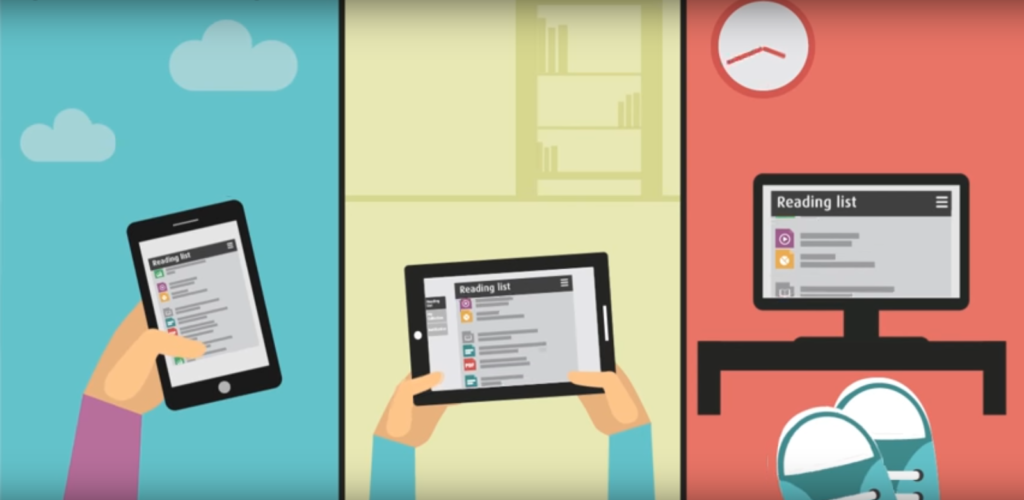
Online Annotation Platforms
Tools like Hypothesis allow collaborative online annotation—a great way to crowdsource understanding.
E-book Highlights and Notes
Kindle and other readers let you highlight, annotate, and export notes easily.
AI-powered Analysis Tools
AI tools (like ChatGPT!) can help break down difficult passages and suggest interpretations—but always verify with your own analysis.
Encouraging Close Reading in Young Readers
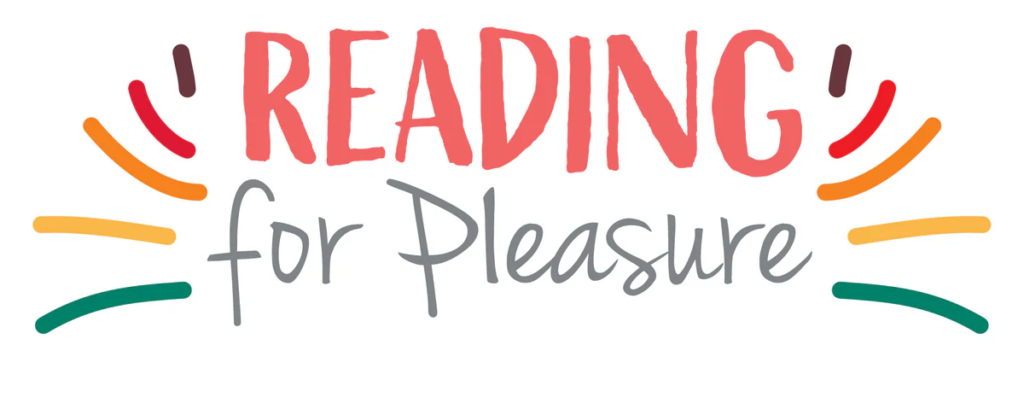
Strategies for Teachers and Parents
Ask open-ended questions. Read aloud. Model annotating and thinking aloud.
Fun Activities and Prompts
Try blackout poetry, scavenger hunts for metaphors, or writing services from a different character’s POV.
Literary Genres and Close Reading

Poetry vs. Prose
Poetry demands microscopic reading. Every word counts. Prose may require looking at pacing, plot, and dialogue.
Drama and Plays
Pay attention to stage directions and dialogue—they reveal hidden subtext.
Non-Fiction and Memoirs
Close reading here means understanding tone, bias, and perspective.
Benefits of Close Reading

Improved Critical Thinking
You’ll become a sharper thinker—able to spot nuance, irony, and contradiction.
Better Writing Skills
Understanding great writing helps you imitate and innovate in your own.
Enhanced Empathy and Understanding
Stepping into another person’s voice deepens your emotional intelligence.
Conclusion
Close reading isn’t just for scholars—it’s for anyone who wants to truly experience literature. By slowing down, paying attention, and asking questions, we unlock layers of meaning we never knew were there. The art of close reading is both a skill and a journey—one that will forever change how you read, write, and think.
FAQs
1. What’s the difference between close reading and regular reading?
Close reading focuses on detail, structure, and deeper meaning. Regular reading is more about getting the gist.
2. How do I improve my close reading skills?
Practice! Start with short passages, annotate thoroughly, and discuss your thoughts with others.
3. Can close reading be applied to films or music?
Yes! The same analytical principles can apply to films, lyrics, and even visual art.
4. Is close reading useful outside of literature classes?
Absolutely. It sharpens your analytical thinking—useful in law, business, journalism, and beyond.
5. What’s a good book to practice close reading with?
Start with poetry or short stories—Emily Dickinson, Edgar Allan Poe, or short stories by James Joyce are excellent choices.
